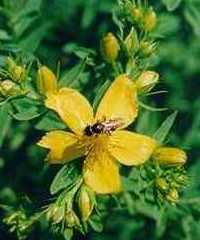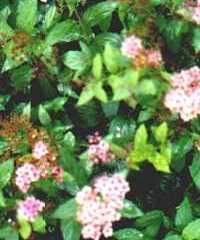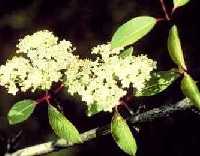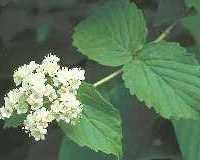
Hypericum kalmianum

Red Spirea

Viburnum prunifolium.jpg

Viburnum dentatum
 Hypericum kalmianum  Red Spirea  Viburnum prunifolium.jpg  Viburnum dentatum |
Dandelion Fountain: Lilac: Syringa Pinus nigra: sapsucker holes Pinus sylvestris Crataegus: black knot? Picea abies Bridge at Eagle North side: Tilia spp: turn yellow T. cordata (Littleleaf) T. americana Redemond: ornamental variety Euonymus alatus Burning Bush: Asian, winged stem Verbesina alternifolia Wingstem Aesculus parviflora Bottlebrush Buckeye Salix spp. Betula papyrifera? B. nigra South side: Populus deltoides Hydrangea quercifolia Snow Queen (Oakleaf Hydrangea): exfoliated bark, white panicle, leaves turn pink->burgundy opposite, 4 parted-flowers, yellow buds On north side: alternate tree? Gymnocladus dioica: thick pods, coffee substitute opp. branched shrub w/ blue fruit? Rudbeckia laciniata Tall or Green-headed Coneflower, Goldenglow Verbena hastata Pycnanthemum (Mountain Mint): stalkless toothed leaves, rounded at base Pinus strobus: rings around branch base. Ulmus ? Fraxinus ? x2 F.americana F.pennsylvanica: pubescent twigs, blade green under, not pale Rhus glabra (common), typhina (uncommon) Ailanthus altissima: Dioecious Acer negundo with low branch Acer platanoides (dioecious?) Alnus glutinosa (rugosa gray smooth bark, horizontal lenticels)? Purplish buds valvate scales Malus ? Bridge Acer negundo Cercis canadensis? peapod fruits? Carillon: dead Pinus strobus Ginkgo biloba female North side Celtis occidentalis Quercus alba Thuja occidentalis Juniperus virginiana (Eastern RedCedar?) Scaly leaves Morus alba Morus rubra: sandpaper leaves, hairy beneath. Woods: Eupatorium rugosum Eupatorium serotinum Late Boneset White & Yellow Sweet Clover Reed Canary Grass: matted, shallow roots Black Raspberry Silphium perfoliatum Populus alba Staphylea trifolia Bladdernut: small tree, opp compound 3-parted balloon capsule contains seeds, central end bud Cercis canadensis Carya Juglans Craetaegus Polygonum cuspidatum (Fleece Flower, Japanese knotweed ) large fan leaves Nuphar advena: Spatter Dock (Yellow Pond-Lily)